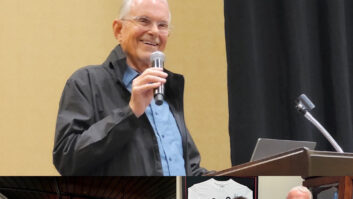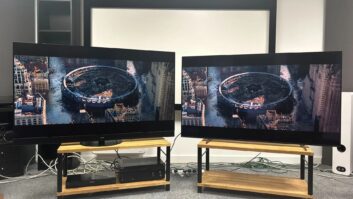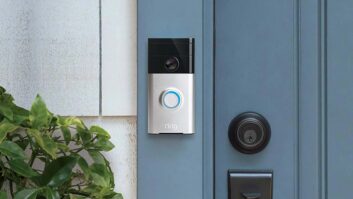Panasonic’s “Green Plan 2018″ announcement here in Tokyo last week was yet another indication of the paradigm shift at play in the consumer electronics market as familiar leaders of the past 30 years attempt to reinvent themselves to grow and survive.
Panasonic president Fumio Ohtsubo’s plan called on the company to put more of its focus on eco-related technologies for household energy generation and storage, while making its existing CE devices and appliances more energy efficient and less polluting.
The new course is keeping with the principles of its revered founder Konosuke Matsushita, who was apparently as focused on making positive contributions to society as he was on generating profits.
But it also appears to be taking a page from the book of Philips chairman Gerard Kleisterlee, who after failing to generate the profit margin the company needed from CE innovation and marketing in North America, opted several years ago to license off its brands for core CE categories on the continent in order to push expansion into medical technologies. This is an area that so far has been sheltered from the cannibalistic pricing practices fostered by its Asian CE competitors.
Clearly, medical technology is a huge growth segment and a rich emerging profit opportunity for electronics manufacturers, as aging baby boomers in the U.S. and elsewhere head into retirement.
Similarly, as multinational mandates emerge to deal with the combined issues of global warming and fossil fuel depletion, Panasonic has identified a huge new market opportunity for innovative “green” solutions.
While this may not lead Panasonic entirely away from its signature entertainment electronics categories, it clearly is attempting to create a new identity for itself as companies like Samsung, LG and Vizio continue to plunder more traditional entertainment categories.
Interestingly, the company has started by addressing the energy drain created by its own existing products. For example, Panasonic’s NeoPDP technology reduces the power needed by plasma screens, and LED backlighting delivers similar benefits for LCDs.
Using the company’s 100th anniversary in 2018 as a target date, Ohtsubo said Panasonic will strive to generate $36.5 billion (3 trillion yen) from eco-related technologies.
Staying within the confines of “the home,” which it knows well from years of studying consumer lifestyles for entertainment electronics, it is working on power-creation systems through solar panels and fuel cells, while storing that energy in new lithium-ion battery solutions.
Panasonic shows no signs of taking the drastic steps that Philips took by virtually exiting the U.S. consumer electronics market, but its actions do pose interesting questions for CE retailers.
Will the company continue to develop the A/V entertainment technologies the way it has in the past or continue to move ahead into environmentally friendly appliances, home energy stations and electric car components as its new signature products?
And what role will all of this leave for traditional TV/appliance dealers, as the company seeks new distribution partners for stationary fuel cells among city gas companies? (City gas is the originating fuel source Panasonic has selected for its fuel cell technologies in order to generate the nitrogen from which the power is derived).
These are questions the company is trying to answer now, one executive told me.
For electronics installers, the new direction could bring money-making opportunities installing networked smart appliances and home power grids (So think about adding installers with full electricians’ licenses if they don’t have them already.)
As for the impact on CE retail distribution: Recent fretting about Walmart and Costco may soon give way to challenges from home centers like Lowes and The Home Depot.
If these trends continue — and Panasonic is not alone among CE manufacturers looking to exploit technology horizons beyond electronics entertainment — the traditional CE industry we know today may be virtually unrecognizable five to 10 years in the future. Get ready to change.












